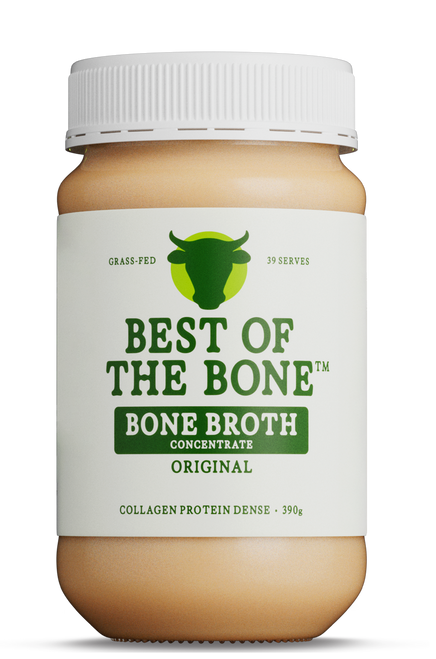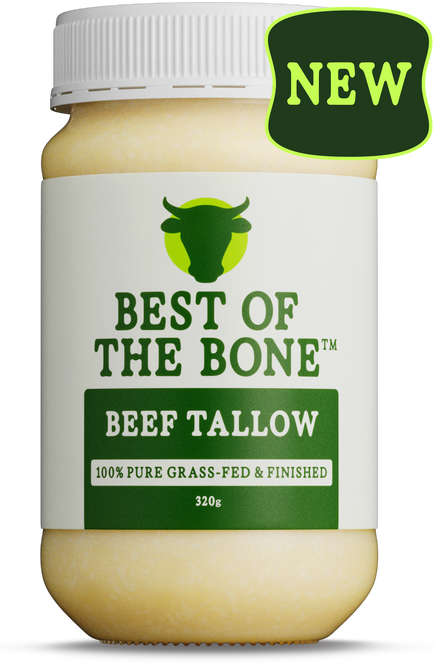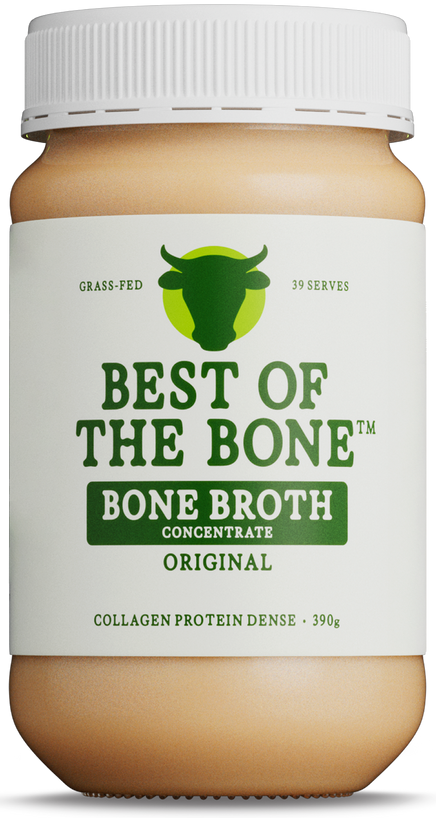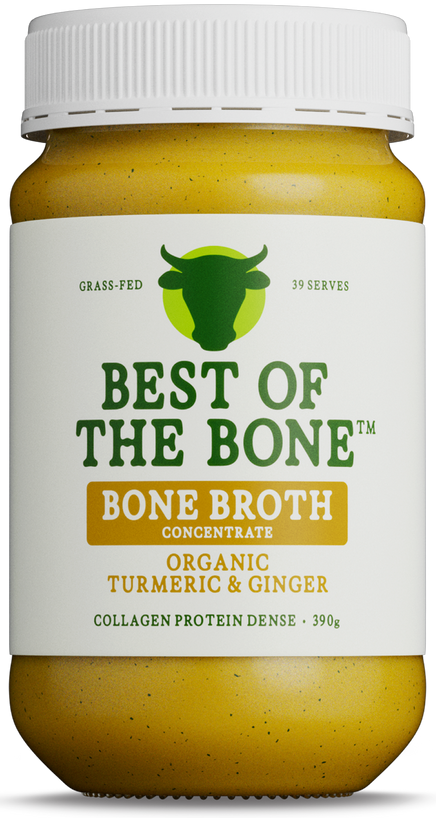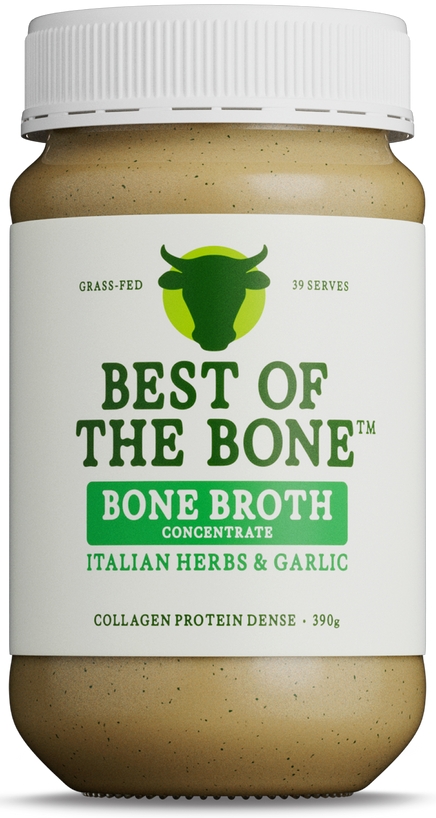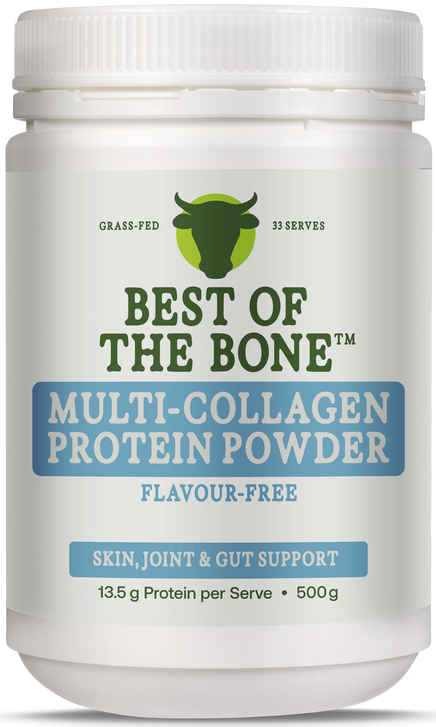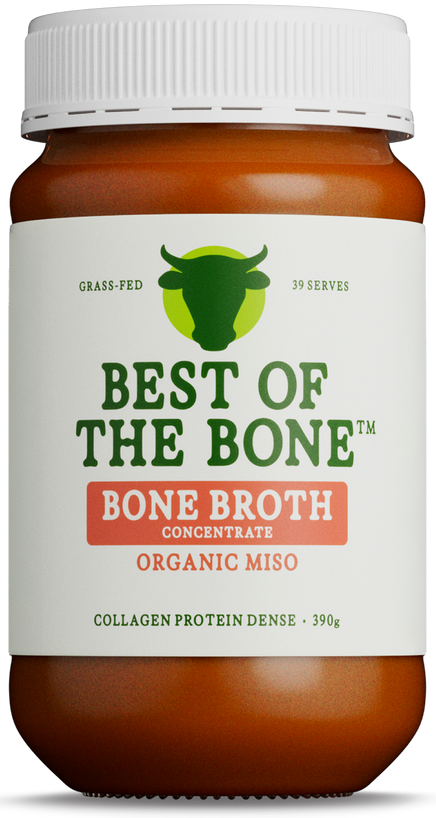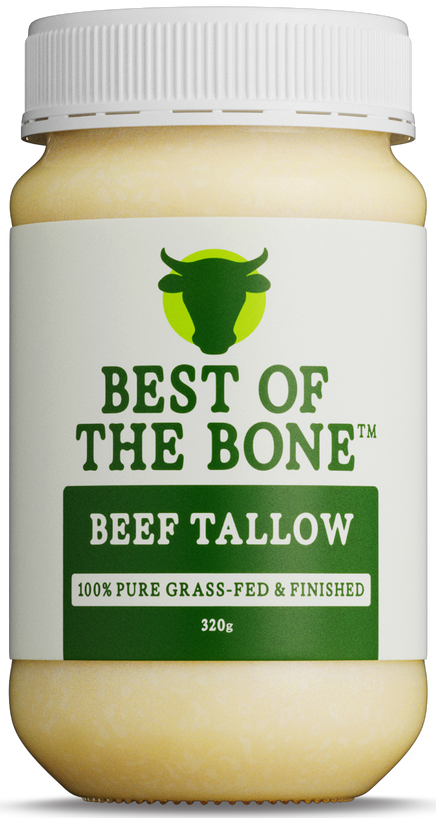Ultra-Processed Foods: A Growing Threat to Our Health
We live in an era where food is abundant, convenient, and engineered to appeal to our senses. Yet beneath the glossy packaging and irresistible flavours lies a pressing concern; the rise of ultra-processed foods (UPFs). Once rare, these products now dominate modern diets in Australia and across the globe. But what exactly are they, why are they harmful, and how do they affect our long-term health?
How Much Processed Food Do Australians Eat?
The numbers are sobering. Research shows that UPFs account for around 42% of daily energy intake in Australian adults, and more than 50% among children and adolescents.¹ In other words, over half the calories consumed by young Australians come from foods that bear little resemblance to their original ingredients.
What Are Ultra-Processed Foods?
To understand the issue, it helps to distinguish processing from ultra-processing:
- Minimally processed foods: Fresh vegetables, meat, fish, grains, and milk, which may be washed, frozen, or packaged but retain their natural structure and nutrients.
- Processed foods: Altered for preservation or flavour but still recognisable, such as canned beans, cheese, or sourdough bread.
- Ultra-processed foods (UPFs): Industrial formulations typically containing five or more ingredients, including refined starches, added sugars, unhealthy fats, salt, emulsifiers, colourings, flavourings, and preservatives. Examples include sugary breakfast cereals, instant noodles, soft drinks, packaged snacks, and frozen meals.²
Where minimally processed foods nourish, UPFs are designed for taste, shelf life, and profit, not health.
Why Are They a Problem?
While convenience and taste make ultra-processed foods hard to resist, the real concern lies in how they affect our bodies over time. Research consistently shows that these products contribute to poor health outcomes through several key mechanisms:
- Poor Nutritional Profile: UPFs are energy-dense but nutrient-poor, stripping away vitamins, minerals, and fibre while replacing them with additives and refined calories.³
- Excess Calories: The engineered textures and flavours of UPFs encourage overeating. Studies show people consume up to 500 extra calories per day on UPF-heavy diets compared with whole foods.⁴
- Additives and Preservatives: Artificial colours, flavours, emulsifiers, and preservatives can disrupt the gut microbiome and fuel inflammation.⁵
- Salt and Sugar Overload: Australians already exceed recommended limits. Excess salt raises blood pressure, while added sugars spike insulin, promote fat gain, and drive cravings.⁶
- Health Risks: High UPF intake is linked to obesity, type 2 diabetes, cardiovascular disease, depression, and some cancers.⁷
A Century of Change: Australia’s Food Trends
In the early 1900s, Australian diets centred on whole foods, fresh meat, milk, homemade bread, and seasonal produce. Meals were simple, nourishing, and largely unprocessed.
After World War II, industrialisation reshaped the food supply. White bread, margarine, and canned goods became common, trading nutrients for convenience.
By the late 20th century, fast food chains, soft drinks, frozen meals, and packaged snacks had transformed eating habits. Foods engineered for speed and flavour increasingly replaced traditional staples.
Today, supermarkets are dominated by UPFs, brightly packaged products engineered for taste and shelf life. Their prevalence marks a major departure from the whole-food foundations of earlier Australian diets.⁸
The Risks: What the Evidence Says
The dangers of UPFs are no longer speculative. A growing body of research confirms the health risks. At the ACC Asia 2025 conference, researchers presented findings from 41 prospective cohort studies across the Americas, Europe, Asia, and Oceania:
- High UPF consumption was consistently associated with increased risk of cardiovascular disease, obesity, type 2 diabetes, and certain cancers.⁹
- Individuals with the highest intake had significantly higher all-cause mortality compared to those with the lowest intake.⁹
- The global consistency of these findings highlights the universal danger of UPFs, regardless of culture or geography.⁹
This mounting evidence makes UPFs not just a personal concern but a public health crisis.
What Should We Eat Instead?
If ultra-processed foods drain health, the solution is to return to foods that are nutrient-dense and life-supporting. Examples include:
- Eggs: Provide nearly every essential vitamin and mineral, plus high-quality protein and choline.¹⁰
- Oily fish (salmon, sardines, mackerel): Rich in omega-3 fatty acids, vitamin D, and selenium.¹¹
- Organ meats (especially liver): Packed with vitamin A, B12, iron, copper, and folate.¹²
- Bone broth: Supplies collagen, glycine, and glucosamine for connective tissue, gut health, and joint support.¹³
- Leafy greens and vegetables: High in fibre, antioxidants, and minerals that counter the inflammatory load of modern diets.¹⁴
These foods don’t just fill us up, they nourish cells, restore balance, and build resilience against disease.
The Bigger Picture
The rise of ultra-processed foods is not only a dietary issue but also a cultural and industrial one. A century ago, meals were seasonal and slow; today, they are fast, packaged, and profit-driven. The consequences are visible in rising obesity rates, chronic disease, and public health costs.
If we are serious about protecting healthspan and reducing disease burden, we must recognise UPFs for what they are: a driver of illness, not simply a matter of personal choice.
Final Thoughts
Australians, like much of the world, are eating more ultra-processed foods than ever before. The evidence is unequivocal: high consumption increases disease risk and shortens lifespan.
The solution is both simple and challenging:
- Reduce reliance on ultra-processed foods.
- Reclaim traditional eating patterns built on fresh, whole, minimally processed foods.
- Choose nutrient-dense staples like eggs, oily fish, organ meats, bone broth, and leafy greens.
By making these shifts, we not only support personal health but also push back against a food system that too often values profit over people. The future of public health depends on it.
References
1. Marchese L, Livingstone KM, Woods JL, Wingrove K, Machado P. Ultra-processed food consumption, socio-demographics and diet quality in Australian adults. Public Health Nutrition. 2022;25(1):94-104. doi:10.1017/S1368980021003967
2. Monteiro CA, Cannon G, Levy RB, et al. NOVA. The star shines bright. World Nutrition. 2016;7(1-3):28-38.
3. Moubarac JC, Batal M, Louzada ML, et al. Consumption of ultra-processed foods predicts diet quality in Canada. Appetite. 2017;108:512-520.
4. Hall KD, Ayuketah A, Brychta R, et al. Ultra-processed diets cause excess calorie intake and weight gain. Cell Metab. 2019;30(1):67-77.
5. Chassaing B, Koren O, Goodrich JK, et al. Dietary emulsifiers impact the mouse gut microbiota. Nature. 2015;519:92-96.
6. Brown IJ, Tzoulaki I, Candeias V, Elliott P. Salt intakes around the world: implications for public health. Int J Epidemiol. 2009;38(3):791-813.
7. Chen X, Zhang Z, Yang H, et al. Consumption of ultra-processed foods and health outcomes: a systematic review. Nutrients. 2020;12(7):1955.
8. Lee AJ, Kane S, Ramsey R, Good E, Dick M. Testing the price and affordability of healthy and current (unhealthy) diets and the potential impacts of policy change in Australia. BMC Public Health. 2016 Apr;16:315. DOI: 10.1186/s12889-016-2996-y. PMID: 27067642; PMCID: PMC4828857.
9. ACC Asia 2025. Plenary: Ultra-processed foods and global health. Presented at: Asian Cardiology Congress; 2025 Feb; Singapore.
10. Clayton, Zachary & Fusco, Elizabeth & Kern, Mark. (2016). Egg Consumption and Heart Health: A Review. Nutrition. 37. 10.1016/j.nut.2016.12.014.
11. Calder PC. Omega-3 fatty acids and inflammatory processes. Nutrients. 2010;2(3):355-374.
12. Otten JJ, Hellwig JP, Meyers LD. Dietary Reference Intakes. National Academies Press; 2006.
13. Matar, A., Abdelnaem, N. & Camilleri, M. Bone Broth Benefits: How Its Nutrients Fortify Gut Barrier in Health and Disease. Dig Dis Sci 70, 1951–1961 (2025). https://doi.org/10.1007/s10620-025-08997-x
14. Slavin JL, Lloyd B. Health benefits of fruits and vegetables. Adv Nutr. 2012;3(4):506-516.

